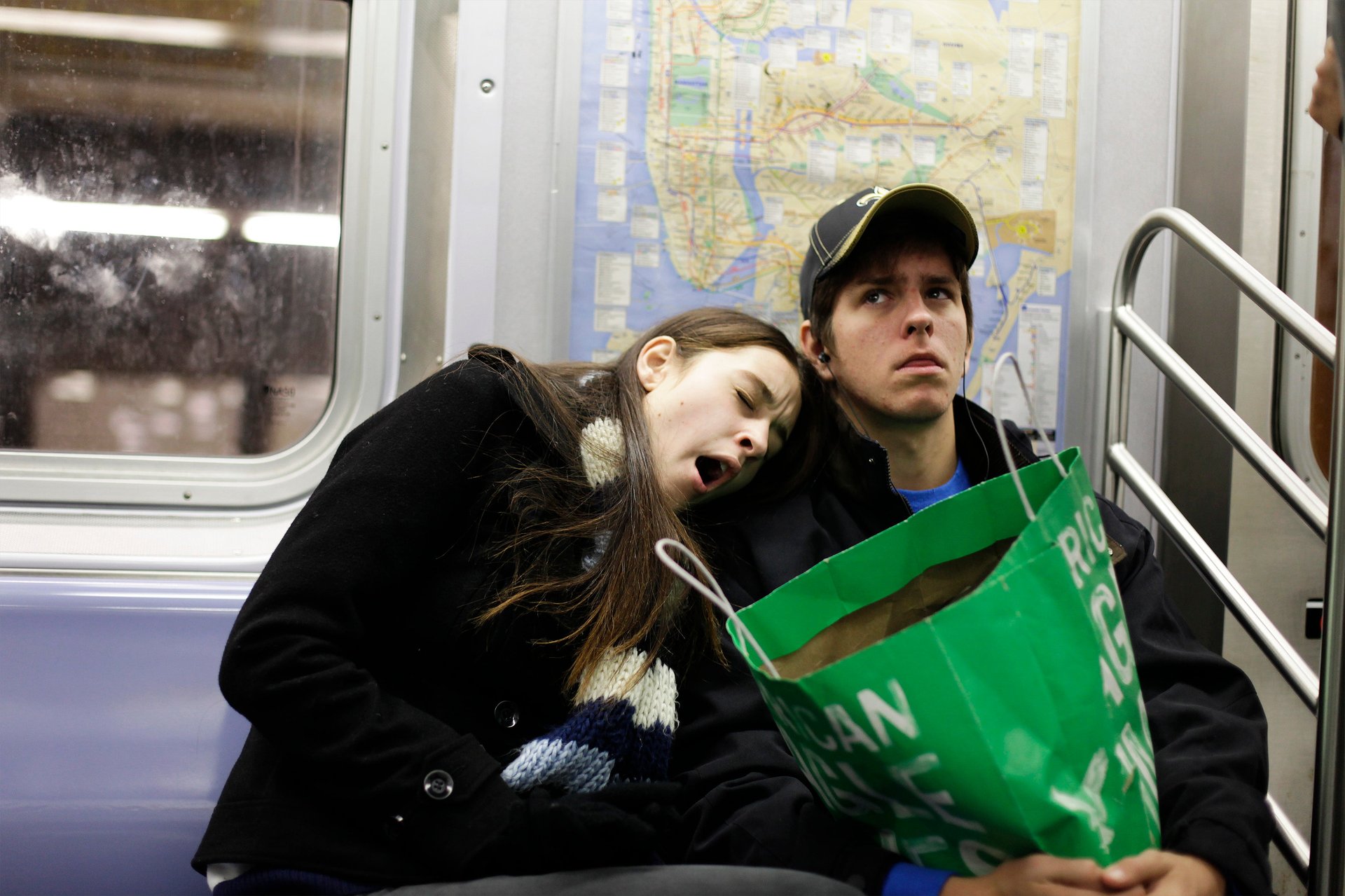Pulling an all-nighter could be a temporary fix for depression
Antidepressants can turn a person’s life around, but they can’t do it right away—a new prescription requires at least a month to take effect. Fortunately there’s another, drug-free, way to feel better almost instantly: Just stay up all night.


Antidepressants can turn a person’s life around, but they can’t do it right away—a new prescription requires at least a month to take effect. Fortunately there’s another, drug-free, way to feel better almost instantly: Just stay up all night.
To explain how this works, Louisa Steinberg, a neuroscientist and psychiatrist in residence at Columbia University Medical Center, points to a 2015 study published in Neuron. The study pinpointed in mice the specific receptor in the brain’s frontal lobe that is altered by drugs like tricyclic antidepressants and ketamine. It turns out that same receptor is also affected by sleep deprivation, and seems to influence signals in the brain related to mood-regulation.
Of course, modern scientists aren’t the first to figure out that messing with the body’s natural rhythms can lift depression. An early version of chronotherapy—an umbrella term for treatments that work by manipulating the body’s natural circadian cycles—was first written about by a German scientist in 1812. More than 150 years later, so-called “wake therapy,” which combines chronotherapy with simulated daylight, was developed as a treatment for depression in Europe. More recently, it has become available in the United States.
To be sure, staying up for a single night is a quick fix offering temporary results: Symptoms often return following the first good night’s sleep. More involved clinical regimens can have a prolonged impact—studies of wake therapy showed longer-term improvements for bipolar and depressed patients—but likely at the expense of some sanity. A five-night chronotherapy protocol involves staying awake through three of those nights.
Steinberg and her colleagues are currently testing a less demanding regimen, one Jonathan Stewart, M.D.—a professor of psychiatry at Columbia and Steinberg’s mentor—characterizes as “chronotherapy light.” In that version, patients start by staying up for one full night and going to bed extremely early the next night. From there their bedtime gets progressively pushed back, until they find a personal sweet spot. Patients also must spend at least 30 minutes each morning in front of a full-spectrum light box, even after their sleep schedule has normalized.
Although that 27-person study is still wrapping up—Stewart’s team will soon be recruiting candidates for a double-blind iteration—early findings suggest ”chronotherapy light” resolves depression symptoms within a few days for about 50% to 60% of patients. Those who stick with their standard sleep schedule, plus daily light-box visits, have evaded depression symptoms for as long as 7.5 months, all without medication.
Should wake therapy become more common, however, it may be hard to sell depression sufferers on the healing power of all-nighters. Studies have shown that 80% of people with a clinical diagnosis of depression also suffer from insomnia, a condition that can cause, be caused by, and worsen depression. For someone who’s feeling flattened already, it’s hard to imagine courting a sleepless night. The doctors at Columbia do have one recommendation there: “liberal amounts of caffeine.”